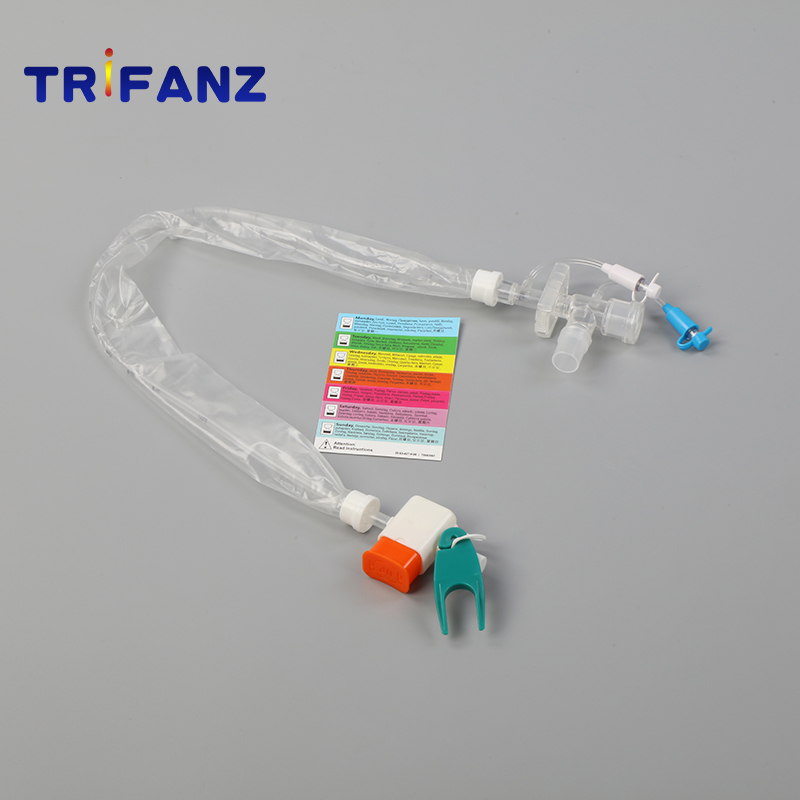Symptoms
The leaves, petioles, stems, and fruits can all be affected, but leaf damage is the main reason. The leaves suffer damage, often forming white or irregular white lesions on the back of the leaves. The mildew often covers the entire back of the leaves. The lesions fuse with each other, and the colors turn grayish purple or dark green. The front of the victim's blade gradually turned green and yellow as the lesions on the back expanded, causing the entire leaf to be yellow, and the front was also mildly mild. The leaves of the plant appear curled from bottom to top, appearing yellow and brown and dry. The incidence of fruit mostly surrounds the fruit pedicles and forms a black hard spot that slightly sinks downwards.
The law of incidence
The disease is a fungal disease caused by the infestation of brown mold. Mycelia, mycelia, and conidia were used to infect pathogenic strains and seeds. The conidia of the germs are transmitted through the air flow, invade through the stomata, and expand and infect again. Relative humidity of more than 80% contributes to pathogen infestation and sporulation. When the relative humidity reaches above 90% and the temperature is between 20-25°C, the germs will rapidly multiply and the disease will be severe. In only 10-15 days, the disease will be widespread in all fields, and even a large number of dry leaves will appear. In case of rainy days, the disease will quickly develop and spread.
Control methods
1. Agricultural control. Before sowing, the seeds were soaked in warm water of 53°C for 30 minutes, dried and germinated. Selection of resistant varieties such as Shuangkang 2, Jiahong, Jiafen, Zhongshe 4 and Shenfen 3, etc. Severe disease fields should be implemented in 3-4 years rotation with Solanaceous Vegetable Fields. Apply more organic fertilizer, increase phosphorus, potassium fertilizer, improve plant resistance. Pay attention to timely drainage in the rainy season, reduce the humidity in the field, so that it is not conducive to pathogen infection.
2. Chemical control. Leaf spray 70% thiophanate-methyl WP 800 times, or 50% acetaminophen wettable powder 1500-2000 times, or 75% chlorothalonil WP 600 times, spray every 7 days 1 Times, even spray 3-4 times, about 50 kg per mu of liquid medicine. The above agents are preferably used alternately so as not to produce drug resistance.
The closed suction tube has designed for proven effective in preventing infections, reducing cross-contamination, reducing intensive care unit days and patient costs.

Type: Adult 72 hours closed suction tube, adult 24 hours closed suction tube, children closed suction tube
Features&Benefit
1. Allow for suctioning a patient on a ventilator without loss of PEEP or mean airway pressure.
2. Reduce oxygen desaturation by allowing constant patient ventilation.
3. Reduce the potential of infection to the clinician
4. Maintains a sealed airway to reduce exposure to secretions.
5. Eliminates patient"Spray Black"
6. Provide maximum suction and is designed to reduce trauma.
7. Enhance patients safety avoids disconnection from the ventilator during catheter change-out or untangling of lines.
8. Decrease accidental extubation ordecannulation during moving of the patient
9. Color coded rings provide fast size recognition.
Trifanz offers the rich choice of medical consumables to meet your clinical need. Welcome to contact us!
Closed Suction Tube,Closed Suction Catheter,Disposable Closed Suction Catheter,Closed Suction Tube System
Hangzhou Trifanz Medical Device Co., Ltd , https://www.cfzmeds.com